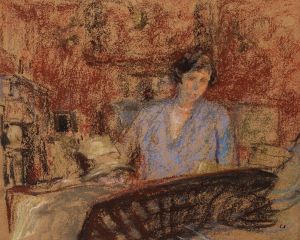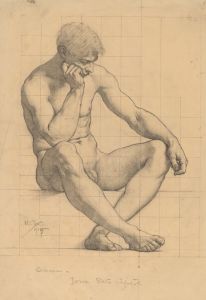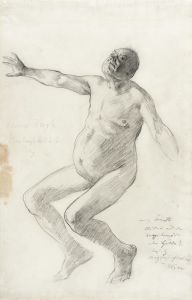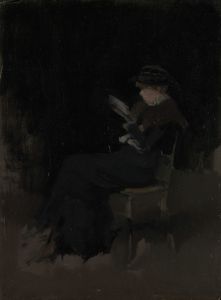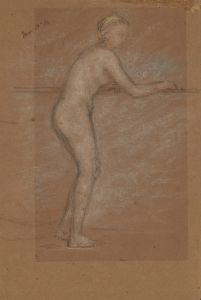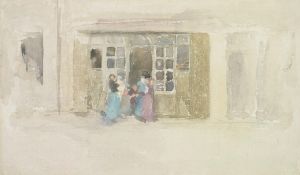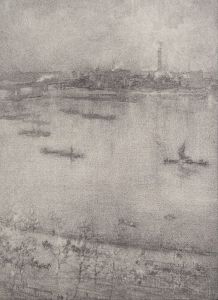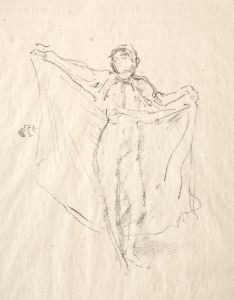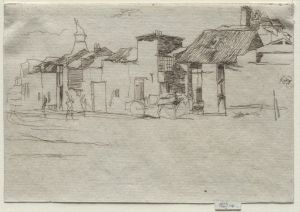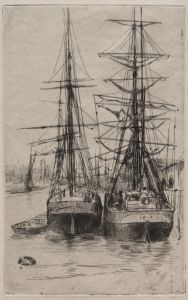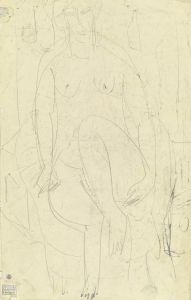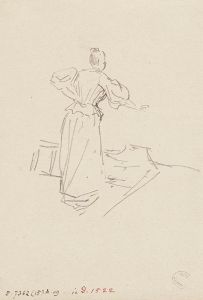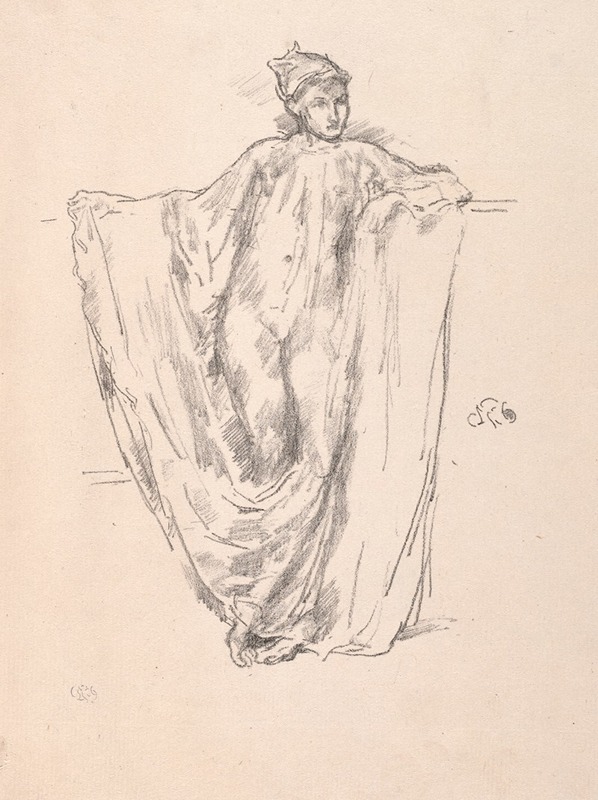
Figure Study
A hand-painted replica of James Abbott McNeill Whistler’s masterpiece Figure Study, meticulously crafted by professional artists to capture the true essence of the original. Each piece is created with museum-quality canvas and rare mineral pigments, carefully painted by experienced artists with delicate brushstrokes and rich, layered colors to perfectly recreate the texture of the original artwork. Unlike machine-printed reproductions, this hand-painted version brings the painting to life, infused with the artist’s emotions and skill in every stroke. Whether for personal collection or home decoration, it instantly elevates the artistic atmosphere of any space.
James Abbott McNeill Whistler, an influential American artist, is renowned for his contributions to the art world during the late 19th century. Among his diverse body of work, "Figure Study" stands as a testament to his skill and artistic philosophy. Whistler, born in 1834 in Lowell, Massachusetts, spent much of his career in Europe, where he became a pivotal figure in the Aesthetic Movement, which emphasized art for art's sake.
"Figure Study" is one of Whistler's many works that reflect his interest in the human form and his mastery of various artistic techniques. Whistler was known for his ability to capture the subtleties of light and shadow, and his figure studies often exhibit a delicate balance between detail and abstraction. These works were not merely preparatory sketches but were valued for their aesthetic qualities and the insight they provide into Whistler's artistic process.
Whistler's approach to figure studies was influenced by his belief in the harmony of composition and the importance of tonal balance. He often employed a limited color palette, focusing on the interplay of light and dark to create depth and mood. This technique is evident in many of his figure studies, where the emphasis is placed on the form and posture of the subject rather than intricate details.
Throughout his career, Whistler was deeply influenced by Japanese art, which is reflected in his figure studies. The simplicity and elegance of Japanese prints can be seen in the way he approached composition and line work. Whistler's figure studies often exhibit a sense of calm and poise, characteristics that align with the aesthetics of Japanese art.
Whistler's figure studies were not only exercises in technique but also explorations of the human condition. He was interested in capturing the essence of his subjects, often portraying them in moments of introspection or repose. This focus on the psychological aspect of his subjects adds a layer of depth to his figure studies, making them more than mere representations of the human form.
In addition to his technical prowess, Whistler was known for his innovative approach to art. He often challenged traditional conventions and was a proponent of the idea that art should evoke emotion rather than simply depict reality. This philosophy is evident in his figure studies, where the emphasis is on creating an emotional response through the use of composition, tone, and form.
Whistler's influence on the art world extends beyond his own work. His figure studies, along with his other paintings and prints, have inspired countless artists and continue to be studied for their innovative techniques and artistic vision. Whistler's legacy is one of pushing boundaries and redefining the role of the artist in society.
In summary, "Figure Study" by James Abbott McNeill Whistler exemplifies the artist's mastery of form, composition, and tone. Through his innovative techniques and philosophical approach to art, Whistler created works that continue to resonate with audiences and influence artists around the world. His figure studies are a testament to his belief in the power of art to evoke emotion and capture the essence of the human experience.





